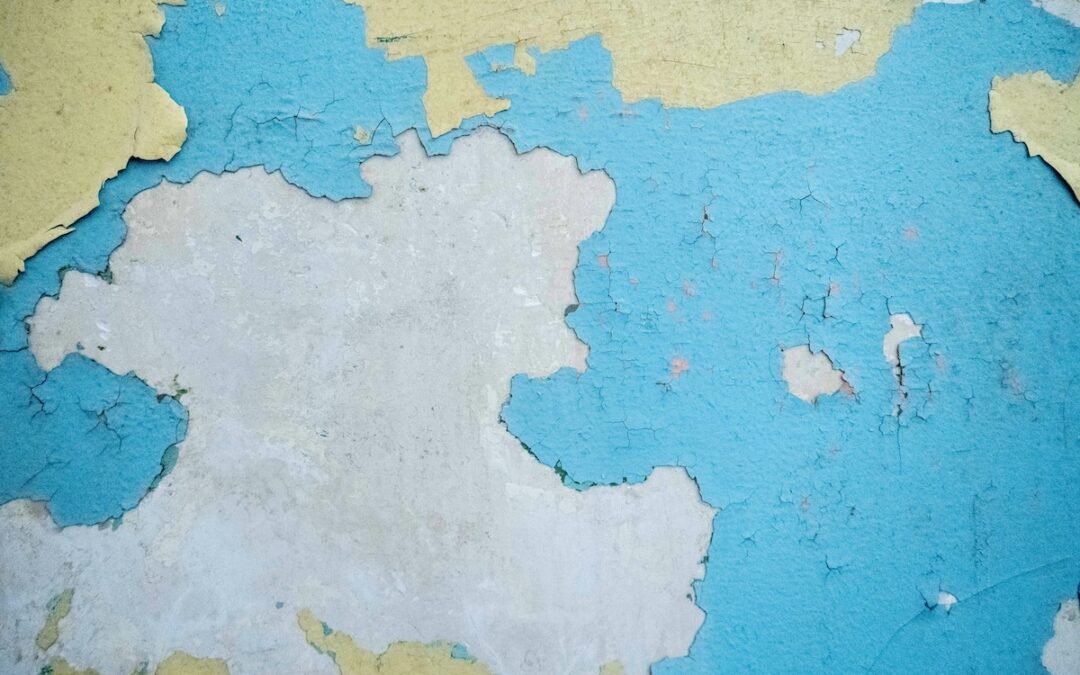What Are Blue Zones?
Imagine living in a place where people routinely celebrate their 90th or even 100th birthday while remaining active and vibrant. These exceptional regions, where longevity isn’t an anomaly but a community norm, are known as Blue Zones. First identified by journalist Dan Buettner, Blue Zones include areas like Okinawa, Japan, and Sardinia, Italy—places where it is hypothesized that lifestyle, diet, social structure, and environment converge to support long and healthy lives.
But how do we find such places—or others like them that may still be unrecognized? And, once found, how do we determine the causal factors (e.g. lifestyle, diet etc) that lead to longevity? Increasingly, scientists are turning to geospatial analysis as a powerful tool to detect, understand, and compare these longevity hotspots.
The Role of Geospatial Analysis
Geospatial analysis involves gathering, visualizing, and interpreting data that has a geographic or spatial component. It allows researchers to map health patterns, environmental exposures, and social variables across space and time.
In the context of Blue Zones, geospatial methods can:
- Map clusters of extreme longevity or low mortality rates
- Detect patterns in environmental and social determinants of health
- Reveal spatial inequities or protective factors tied to place
- Compare suspected Blue Zones to neighboring regions with differing health profiles
This spatial lens allows scientists to move beyond anecdotes and into evidence-based discovery.
Methods and Tools Used
Several advanced geospatial techniques are instrumental in identifying potential Blue Zones:
Spatial Epidemiology: Examines the spatial distribution of health outcomes and determinants.
Cluster Analysis: Tools like SaTScan and Vesta help detect statistically significant geographic clusters.
Spatio-Temporal Modeling: Reveals persistent longevity regions over time.
Geostatistical Methods: Kriging and spatial regression model data across regions.
Remote Sensing: Assesses land use, pollution, vegetation, and climate factors.
Case Study: A Chinese “Blue Zone”
A compelling example comes from Huang & Jacquez (2017), “Identification of a Blue Zone in a Typical Chinese Longevity Region.”
They analyzed Rugao, on China’s Yangtze estuary—an area reputed for exceptional longevity. Drawing on data from 88 towns between 2011–2015, they used spatial statistics to uncover a stable core longevity zone.
Methodology:
- Population data from local records (ages 60+, 80–89, 90–99, 100+)
- Longevity indicators: LI% (nonagenarians), CI% (centenarians)
- Mapping with ArcGIS; hot spot analysis and Moran’s I via BioMedware’s SpaceStat
- Multiple regression to control for birth and migration rates
Key Findings:
- LI% had the strongest influence on aging levels
- A consistent nonagenarian hot spot appeared over five years
- CI% was too variable to reliably indicate longevity zones
Challenges in Mapping Longevity
While geospatial analysis is powerful, several challenges exist:
- Data availability and quality
- Small population sizes of the elder population
- Confounding variables like genetics and lifestyle
- Resolution limitations in spatial data
- Temporal changes due to migration and urbanization
Implications for Public Health
Geospatial longevity insights support:
- Targeted health interventions
- Aging-in-place strategies
- Promoting health equity across regions
By identifying and learning from Blue Zones, we may be able to extend not just lifespan, but healthspan.
Research Direction For Blue Zones
The hunt for Blue Zones is a quest to uncover the secrets of thriving across a lifetime. Geospatial analysis can help reveal how location intersects with health, environment, and community. As data and tools improve, potentially we can better build healthy, long-living communities for all.
In geospatial analysis so called “natural experiments” exist when conditions change (e.g a “treatment”) such as social conditions, health policy, and so on. In those instances, geospatial tools that account for trend, such as new joinpoint regression tools in Vesta, can identify where and when significant changes occur, and relate them to plausible causal factors. This approach has yet to be applied to Blue Zones, but it appears promising.
Reference
Huang, Y., & Jacquez, G. M. (2017). Identification of a Blue Zone in a Typical Chinese Longevity Region. International Journal of Environmental Research and Public Health, 14(6), 571. https://doi.org/10.3390/ijerph14060571

